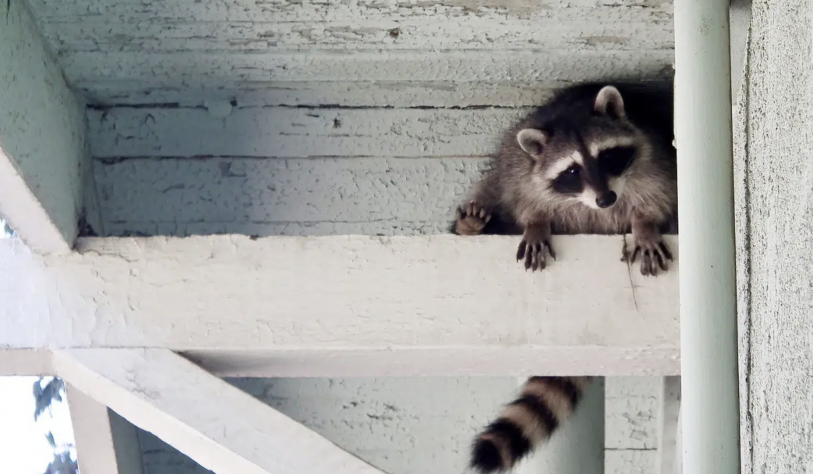Tips on Poison Free Pest and Weed Management Around The Barn
By Nikki Alvin-Smith
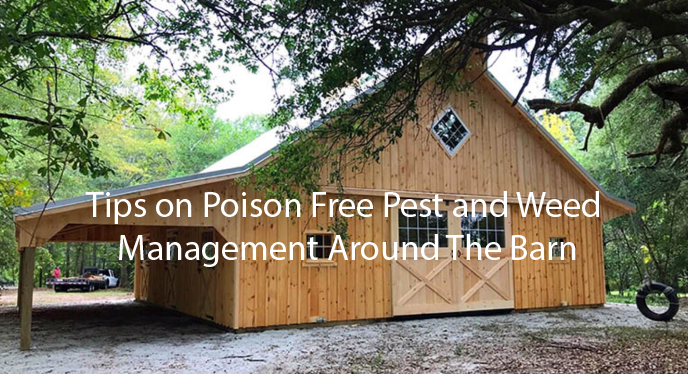
Encouraging the demise of dastardly weeds that pop up around the perimeter of the horse barn and eradicating pesky bugs like carpenter bees, wasps and hornets from eaves and crevices is not a simple task. Add to the equation the need to avoid use of toxic sprays or poisons that your family pets or equines might inadvertently find and ingest, and the job becomes even harder.
Here are some tips on how to manage common pests and weeds and minimize their negative impact around the farm.
The Old-Fashioned Method
Digging out weeds by hand and ensuring that the roots are extracted and discarded where they can do no harm, is still the best method of counteracting their annoying presence and competition in the garden with other desired flora.
Plants that spread by rhizoid growth are notoriously difficult to overcome. Burdocks are a good example if a rhizoid spreading vegetation that is very hard to eradicate entirely. If digging them out is not an option, you may be able to keep them at bay with regular low-cut mowing or strimming. Be careful when strimming over gravel areas near buildings, vehicles or livestock as flying gravel can cause sincere damage to paintwork, people, and animals. Always wear protective eyewear when strimming to protect yourself too.
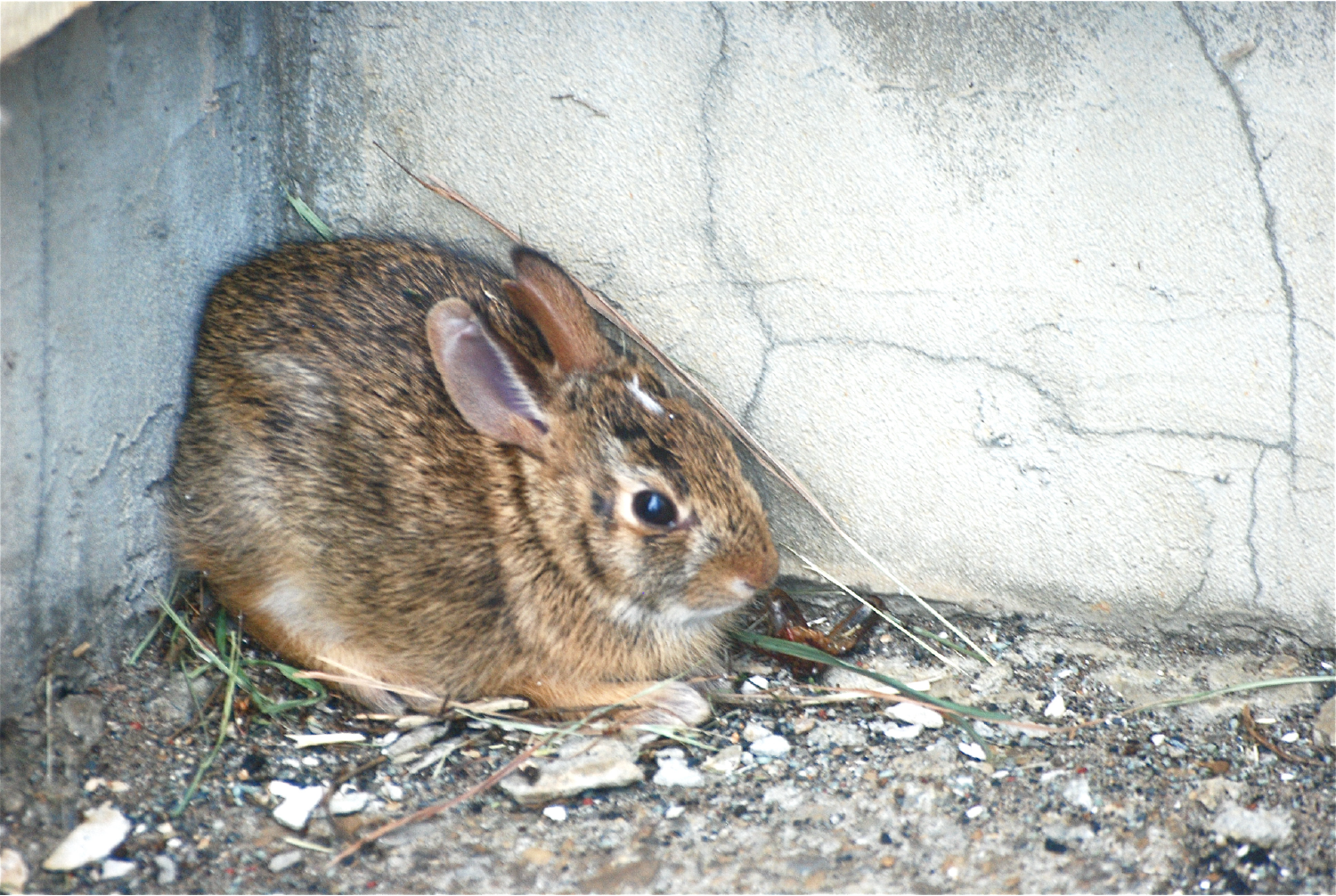
Non-Chemical Alternatives
There is a myriad of commercially produced options for organic or ‘safe’ use in the backyard as weed killers. But not all may be safe for use around horses and livestock, so check each product label carefully for toxicity information.
Plant-derived concentrates such as clove oil and citric acid or acetic acid (vinegar) are widely held as good options for quick spray control of weeds though they may be non-selective methods to utilize. Optimum use is usually spraying the leaves of the weed to prevent or impair the plant’s ability to photosynthesize. This means repeat applications are necessary to effect control.
Cedar mulch placed around horse barns can also deter both weeds and vermin. Consider placing a fabric mat under mulch or gravel in low traffic areas and garden to minimize weed growth. The material can be readily purchased from garden suppliers.
Carpenter Bees – More Than A Nuisance
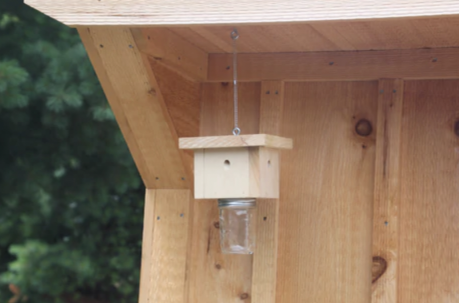 Carpenter bees (not the honeybees we know and cherish), can do serious damage to wood structures and trapping them without the use of poisons is possible. One of the cheapest and easiest methods is the use of the Amish Bee Trap, a simple device that is inexpensive and uses no lures or chemicals so requires no spend after the initial purchase.
Carpenter bees (not the honeybees we know and cherish), can do serious damage to wood structures and trapping them without the use of poisons is possible. One of the cheapest and easiest methods is the use of the Amish Bee Trap, a simple device that is inexpensive and uses no lures or chemicals so requires no spend after the initial purchase.
Wasps, Yellow Jackets Hornets
The stinging wasps and hornets are unwelcome residents of any horse farm. Anaphylactic reactions (allergic reactions) to wasps, yellow jackets and hornets aside, the presence of buzzing insects is a cause for concern for horses who do not appreciate their noise, so carpenter bees will be more noticed by a horse than a yellow jacket. This can pose a problem as the inquisitive equine may poke his soft muzzle toward a nest located under a low eave of a run-in shed or roll on a ground nest and be attacked by the upset insect occupants.
Eradicating the wasp, yellow jacket and hornet population is best done by preventing their nest and house set up in the first place. Sealing the soffits or eaves of a building during construction with either a solid panel or aerated panel between rafters that allows airflow, is a good way to minimize the likelihood that these insects will set up house.
Vigilance is needed to notice when a new colony has decided to build under a metal paneled windowsill or high in the gable end of the building, so that the nest can be removed with high-power water jets mixed with dish detergent from a power washer, or knocked down with a long handled broom during the evening hours when the insects are quiet.
Here is a great resource on how to effectively remove these nests without poisons or chemicals and how to identify the difference between these flying insects.
High Hopes Not Required to Remove Ants
The infestation of an area with ants is an annoyance, given these are not fire ants which require a completely different approach. White vinegar and lemon juice may deter ants when wiped over surfaces where they have been seen but these remedies don’t really address the problem, as the ants likely just find another place to show up unannounced.
An old RV’ers trick is to mix some boric acid and dissolved sugar and place on a saucer with an access ramp for the ants to use to come back and forth. A wooden shim or back of a spoon will do. Borax or boric acid is readily available at pharmacies. The ants take the boric acid dutifully back to their nests where it is stored and eaten and effectively kills the ant population at its hideaway.
The boric acid trick can also be effective against vermin, creepy crawlies such as roaches.
Vanquish The Vermin 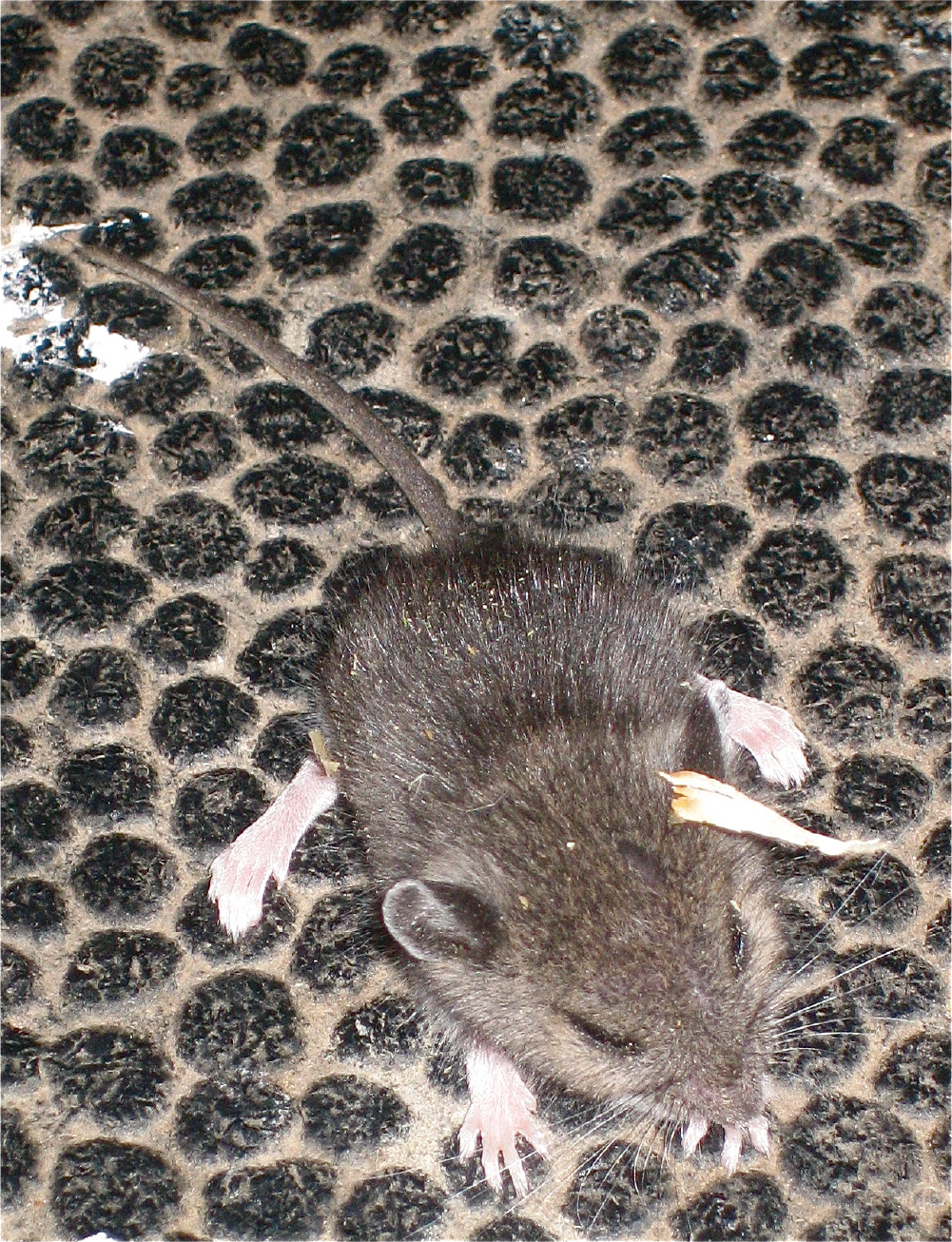
Vermin control requires a multi-pronged approach. Obviously removing the opportunity for vermin and insects of all types to access a food source is the number one priority. Limiting their access to water comes a close second.
Nature’s best predator for mice and rodents in general is the barn owl, and you can go to the trouble of setting up a barn owl box and try to attract a barn owl to your horse neighborhood.
The domestic cat may work to some degree but comes with its own set of difficulties and expenses. Vet bills, disease transmission, unwanted litter box use of the sandy indoor arena etc.
Here is a good article on handling vermin, insects and other pests on the farm. Some ideas included here are trapping and poison, but there are many others too. Including old tried and true methods of boiling water!
You’re Not Alone
You are never alone when it comes to residents or visitors to the horse barn or farm. The amount of wildlife around is extensive. You are also never alone when it comes to having a pest or vermin problem. All horse barns attract unwanted insects, small and large mammals, even snakes and other critters. For a more extensive look at a variety of wildlife management and how to deal with their presence on the horse farm enjoy this blog.
This article is provided courtesy of Horizon Structures LLC
